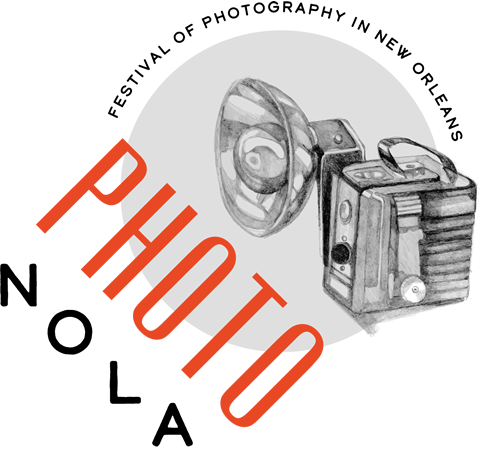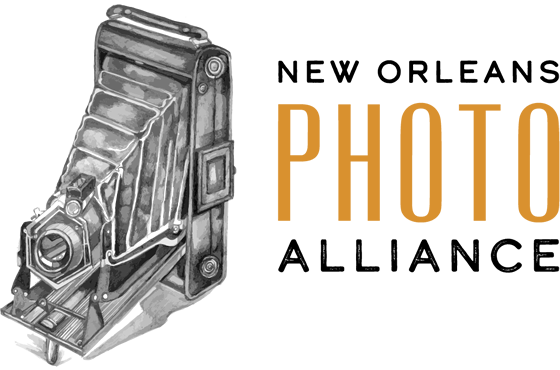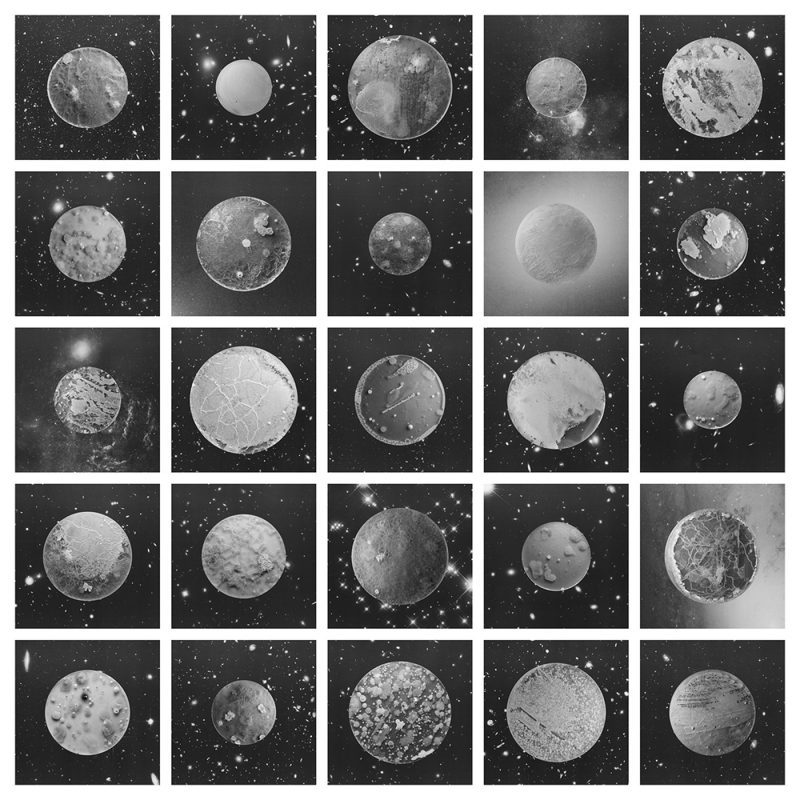
UNFRAMED: Marco Castelli / Risley Cline / Michael Darough / Mehveş Lelic
November 21 – December 14, 2019
Opening: Thursday, Nov 21, 6-8pm
Closing Reception & Artist Talks: Suturday, Dec 14, 2-4pm
UNFRAMED brings together the work of four artists: Marco Castelli, Risley Cline, Michael Darough, and Mehveş Lelic. Their compelling projects address topics ranging from the personal to the political, expressed through the lens of contemporary photography. Castelli evokes wonder and humor, transforming germs into galaxies in ‘A Micro Odyssey.’ Levic explores feminine empowerment from a Turkish-American perspective in ‘On Adornment.’ Darough takes on police violence with poignant gravity in ‘The Talk.’ Cline combines existential musings on fame with the physicality of artistic process in ‘Pseudonarcissus.’ While each artist’s vision is distinct, they all resonate with a certain poetic sensibility.
Please join us on Saturday, Dec 14, when Risley Cline and Mehveş Lelic will be present to speak about their work. The gallery will be open for viewing from 2-4pm, with artist talks beginning at 2:30.
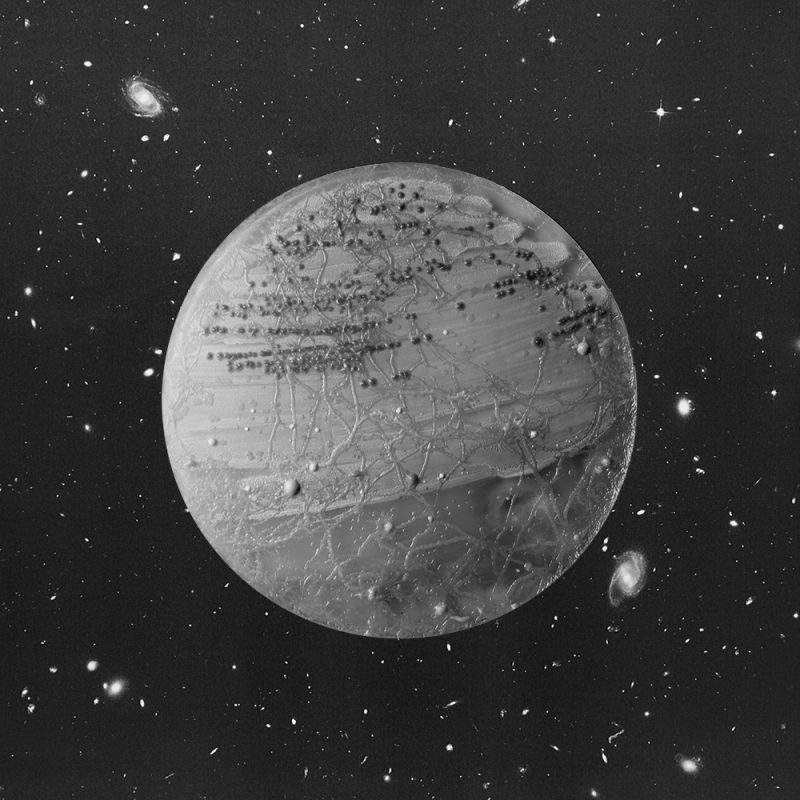
Marco Castelli: A Micro Odyssey
The trinomial photography, planets and bacteria and the binomials heaven and earth, finite and infinite, known and unknown, give shape to the emotions and reflections that Marco Castelliâ’s work wants to convey and inspire. Opposites vie for our moods and our feelings: dark and light, fantasy and reality, truth and abstraction.
Most of the photographs of microbes and bacteria have a scientific nature, adapted to detect and to emphasize the unique geometries that these are able to form. This time, however, the interest is not to show the invisible or what is hardly visible to the naked eye, but to use the natural geometry of bacterial colonies to enlarge and project them into another dimension, reversing all logic and report between big and small, thus loading the planets, the universe and all the work of symbolic values. This gives them charm and mystery, makes them sublime images and ironic too (planets names directly refer to the sampled surfaces), which in their relationship with science recall the themes, the spirit and the philosophy of a lot of artistic production from the last century. – Caterina Pacenti

Mehveş Lelic: On Adornment
I am interested in exploring the adornment, especially within the context of feminine self-reflection and empowerment. I photograph the commodities, mannerisms, symbolic gestures and accessories that seek to enhance the physical appeal or social status of the wearer, who more often than not belongs to my immediate community of Turkish-American and Muslim-American women. I am also intrigued by the signifiers and symbolisms that may point to said adornment, which may further compound the complex relationship between longing to attain validation and responding to social, cultural and religious tugs in the other direction. Some questions I ask are, is adornment restrictive or freeing? How do we look for it in an ever-connected world?
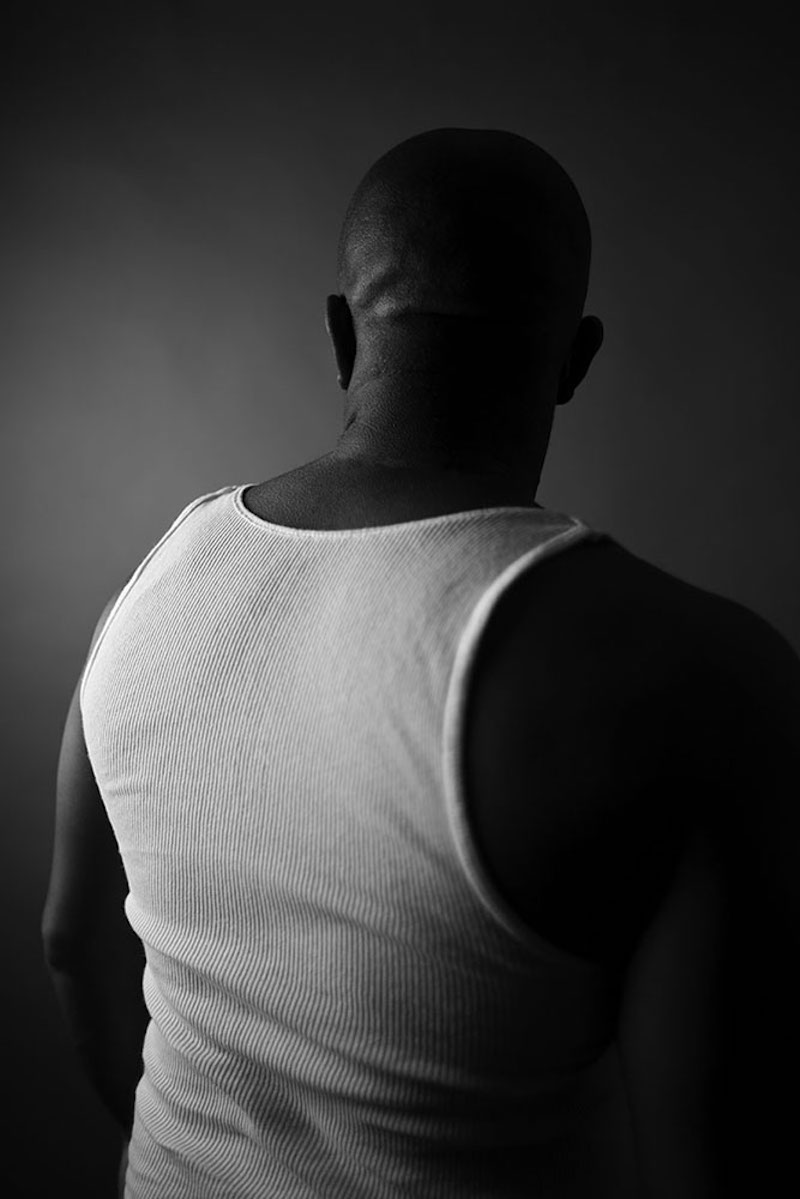
Michael Darough: The Talk
These images were created in response to the Black Lives Matter Movement. The faceless men represent individuals affected by this systemic issue. Those void of the figure symbolize the stories that struggle to be told; they ones that do not receive news coverage. Incarceration rates, racial profiling and fatalities from law enforcement disproportionately affect individuals of color. Police officers have the difficult task of protecting and serving our communities. They are people we depend on in common and extreme situations. I have nothing but respect for these women and men who risk their lives daily, but every black family still has to have “the talk” with their children; especially their sons. Every few months a high profile story emerges about another individual who is a victim of the criminal justice system. These situations have become all too common.
Social media and the digital age have given us access to see how excessive force has been used in several situations with individuals of color. These problems are not new. As a country we transitioned from slavery and Jim Crow laws to segregation to civil rights. These issues went from overt to covert. Although these matters regarding race are better than they have been in decades, we still have problems within our society that have yet to be properly addressed and fixed.

Risley Cline: Pseudonarcissus
Pseudonarcissus invokes the following pairing of ideas: the distinction yet simultaneous conversation between content and process. Therefore, there are two ways in which the viewer can enter this body of work. Presented as large ink-jet prints, the work asserts the validity of photography as a fine-art medium and questions the perceived notion of audience among the masses.
By photographing the literal and physical phenomenon of audiences leaving concerts, games, and stages of entertainment, the content of the work illuminates the desire for the modern individual to live his or her life with an audience (and its hereafter detrimental effect). The series was created with the following in mind, “With the advent of social media, how often do we flock to stages of entertainment in the hope that we might, one day, wish to watch a rewind of our lives in satisfaction through the technology of pictures”? The work is about how photography has subsequently aided in the idea of fame as being the ultimate totem of successful adult life.
The other way in which to enter the work is through the literal process of making a photographic print. All of the layers of the printing process are included within the final image; transparency is an important facet throughout this body of work. The fingerprints and mechanical marks made from the heaviness of the ink onto the vellum begins a conversation with the viewer about, one, the artist’s hand as blatantly a part of the work as the content of the film itself and, two, the importance of methodology in producing a photographic print.
The result is a series of images that are viewed with the whole body. The work is painterly, forensic, cold and experimental. The work is named after the daffodil (Latin name pseudonarcissus), the flower that stares at its own reflection in the water.
ARTIST BIOS
MARCO CASTELLI lives and works in Firenze, Italy. Both his personal and documentary research move through a deep interest in human environment and life. In 2016 he quit photography, looking for different approaches to visual art and creative communication. His works have been awarded, published and displayed internationally.
RISLEY CLINE (b. 1996) is a visual artist from Los Angeles, CA. She received her B.A. in Art from University of California, Los Angeles in June of 2018 and works primarily within the mediums of photography and painting. Her work has been featured in the New Wight Gallery, Avenue Studio 50, Dortort Center for the Arts, and Gallery 800 in Los Angeles. UNFRAMED is her first exhibition in New Orleans, LA where she is presently living and working.
MICHAEL DAROUGH is a nationally exhibiting artist whose work deals with personal, cultural and self-projected identity. He received his BFA from Arizona State University and holds an MFA from the University of Memphis. Michael spent four years teaching photography and the history of photography at Lycoming College in Pennsylvania before accepting a position at Baylor University, where he is currently an Assistant Professor of Photography. Michael is an active member of the Society for Photographic Education and is currently Co-Chair of the SPE Multicultural-Caucus. Recently his work has been shown at The Center for Fine Art Photography in Fort Collins, CO, The Brooks Museum of Art in Memphis, TN, and Site:Brooklyn in Brooklyn, NY.
MEHVEŞ LELIC is a photographer and teaching artist. In her work she ponders modernity and heritage, belonging, making a home, and the resulting relationship with the environment.
